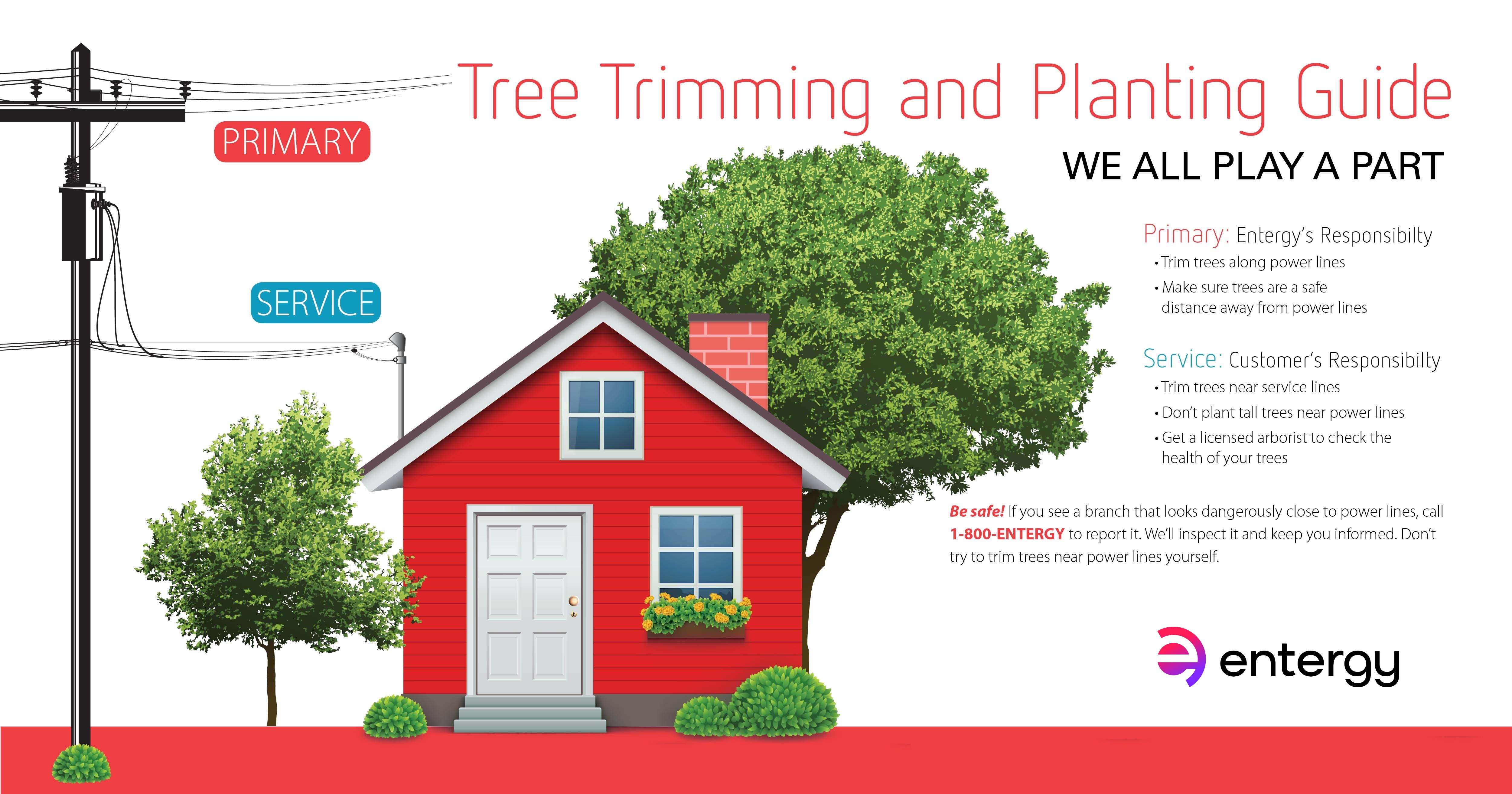Recognize Vital Signals That May Recommend Your Tree Is Risky; Recognizing These Can Aid Ensure The Safety And Security Of Your Property And Liked Ones.What Should You Observe Next?
Recognize Vital Signals That May Recommend Your Tree Is Risky; Recognizing These Can Aid Ensure The Safety And Security Of Your Property And Liked Ones.What Should You Observe Next?
Blog Article
Web Content Writer-Troelsen Aagaard
When it concerns tree care, identifying the signs that it's time for elimination is necessary for your safety and security and home. You could see blemished leaves, wilting branches, or strange fungal growths indicating health issue. Structural concerns, like a significant lean or splits in the trunk, can likewise posture dangers. Recognizing these indication can help you make notified choices regarding your trees and protect against prospective risks hiding in your yard. What should you try to find next?
Signs of Decay and Illness
When you observe indications of decay and disease in your trees, it's crucial to act rapidly. Try to find discolored leaves, wilting branches, or unusual developments like fungi. These can indicate that your tree is having a hard time.
If you see fractures in the bark or soft, mushy timber, these signs recommend interior degeneration. In addition, an abrupt increase in pests around your tree can signify that it's damaged and prone.
Check for any dead or passing away limbs, as they present a risk to your residential property and safety and security. If you're uncertain regarding what you see, getting in touch with an arborist can provide quality.
Addressing these signs early can conserve you from much more extensive damages and make sure the wellness of your backyard. Do not wait up until discover this 's too late.
Structural Instability and Leaning
As you observe your trees, watch out for any type of indicators of architectural instability or leaning. If a tree leans substantially, it may show that the root system is jeopardized.
Try to find any splits in the trunk or soil around the base; these can indicate prospective failure. Additionally, check for unusual development patterns, like an uneven crown, which might recommend that the tree is struggling to hold itself upright.
If you observe that the tree leans toward your home, high-voltage line, or other frameworks, it postures a greater danger. Do not overlook these indications-- consult an arborist to evaluate the scenario.
Taking action early can stop costly damages and guarantee your safety and security.
Dead or Perishing Branches and Vegetation
If you discover dead or dying branches and foliage on your tree, it's a clear indication that something's wrong.
These harmful areas can suggest underlying concerns like condition, parasite problems, or environmental anxiety. When branches shed their leaves or turn brownish, they're no more contributing to the tree's health and wellness. Ignoring these indicators could result in more decline, making your tree more dangerous.
Dead branches can quickly break off during tornados, posing a risk to residential or commercial property and individuals nearby. It's crucial to analyze the level of the damage.
If the trouble affects a substantial part of the tree, consider consulting an expert. They can aid identify if elimination is necessary to guarantee safety and security and keep the elegance of your landscape.
Conclusion
If you notice any type of signs of degeneration, architectural instability, or dead branches on your trees, do not ignore them. https://www.bobvila.com/slideshow/6-ways-you-can-get-a-better-backyard-in-just-one-weekend-239288 can position serious security threats to you and your building. It's always best to consult an expert arborist that can offer a specialist evaluation of your trees. Acting early can prevent crashes and pricey damages, guaranteeing your landscape remains risk-free and healthy. Bear in mind, it's far better to be proactive about tree care than to wait for a catastrophe to happen.
